We analyzed 900+ images shortlisted for the Astronomy Photographer of the Year competition in the past seven years to find the Best Planetary Imaging Cameras.
Using this objective data as well as input from expert astrophotographers, we recommend here the best models being used to produce planetary, solar and lunar images in 2025.
See the quick links below or read on to see our full results analysis.
|
Make & Model:
ZWO ASI174MM
|
Make & Model:
ZWO ASI678MC
|
Make & Model:
ZWO ASI715MC
|
|
Color/Mono:
Monochrome
|
Color/Mono:
Color
|
Color/Mono:
Color
|
|
Resolution:
2.4MP
|
Resolution:
8.9MP
|
Resolution:
8.46MP
|
|
Frame Rate (full res.):
128fps
|
Frame Rate (full res.):
47.5fps
|
Frame Rate (full res.):
45.1fps
|
|
Read Noise:
3.5e
|
Read Noise:
0.6e
|
Read Noise:
0.2e
|
|
Quantum Efficiency:
77%
|
Quantum Efficiency:
83%
|
Quantum Efficiency:
80%
|
|
Pixel Size:
5.86µm
|
Pixel Size:
2µm
|
Pixel Size:
1.45µm
|
|
Cooled/Uncooled:
Uncooled
|
Cooled/Uncooled:
Uncooled
|
Cooled/Uncooled:
Uncooled
|
Best Planetary Cameras (Data Analysis)
The Astronomy Photographer of the Year contest is the world’s most prestigious astrophotography competition.
Every year hundreds of images are shortlisted and details of what cameras were used to take the photo are shared which we can examine.
We went through the results from the last seven years (2018-2024), examining 986 images in total.
Of these, there have been a total of 268 planetary images shortlisted to look at, including planetary, lunar, and solar.
From this data, we can see that ZWO is by far the most successful brand for planetary cameras with 69% of all shortlisted planetary images using their models:
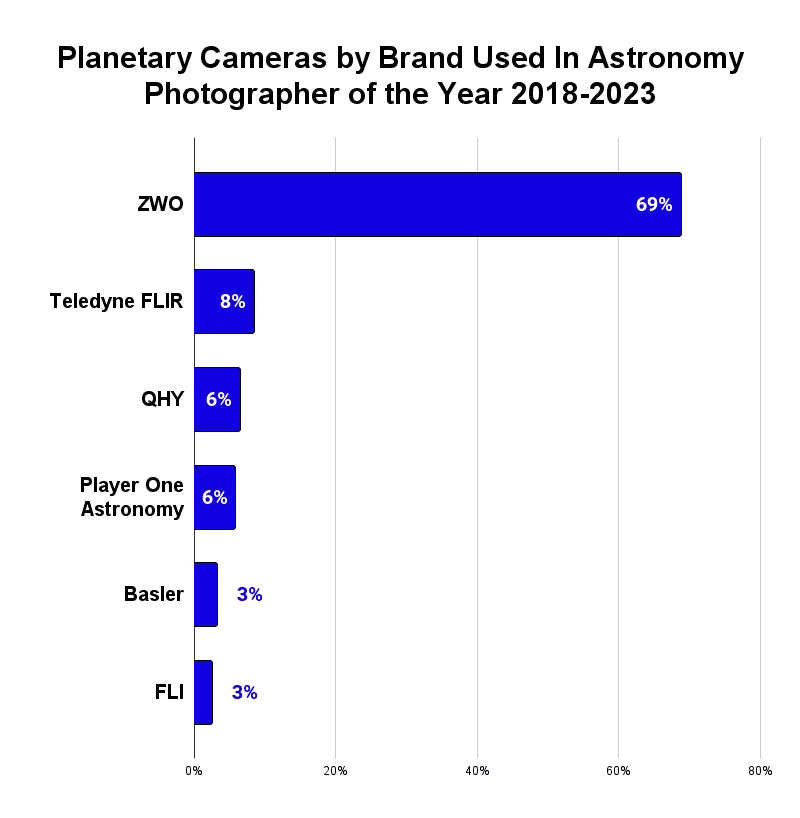
Once again, ZWO are the most successful manufacturer, but Player One Astronomy cameras have become popular in recent years.
However, if we look at the breakdown for just the past three years (2022-2024) then we see ZWO’s dominance slightly reduced with Player One Astronomy cameras in particular becoming popular in recent years:
- ZWO – 46%
- Player One Astronomy – 17%
- QHYCCD – 11%
- Canon – 8%
- Nikon – 6%
- Sony – 4%
Best Planetary Camera Models
In this chart, you can see the list of the most successfully used camera models for planetary imaging in the competition. This includes solar and lunar imaging:
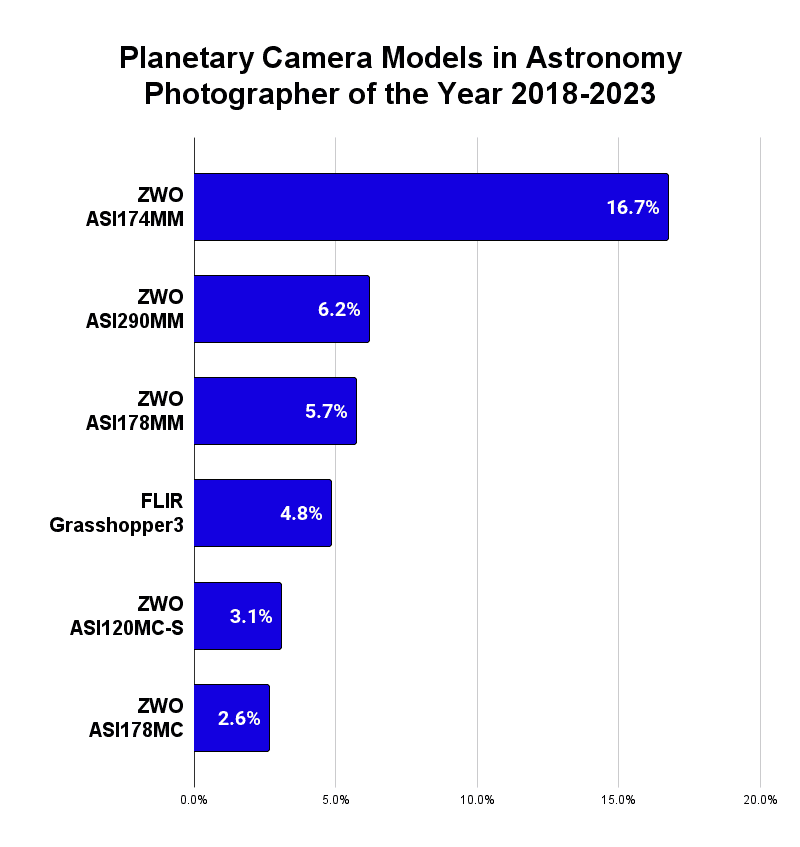
Some of these models are discontinued, and so if we look at just the past two years (2023-2024) with discontinued models excluded then we get these:
- ZWO ASI174MM – 8%
- Player-One Uranus-C – 6%
- Player One Apollo-M Max – 5%
- Player One Saturn M-SQR – 4%
- ZWO ASI183MM – 4%
- QHY 5III174M – 4%
- ZWO ASI462MM – 4%
- Canon EOS R5 – 3%
- ZWO ASI533MM Pro – 3%
- QHY 600M – 3%
- ZWO ASI294MC Pro – 3%
ZWO ASI174MM
Our results show that the ZWO ASI174MM is the top camera. This model particularly excels for solar and lunar imaging, which is why this is our recommendation for that.
It has all the attributes of a great planetary camera:
- Fast frame rate (164fps at full resolution)
- Modest resolution (2.3-megapixels)
- USB 3.0 connection
The modest resolution and USB 3.0 connection are important because with planetary imaging you will take lots of short-exposure images and you need your laptop/computer to handle the volume of data.
It is relatively cheap (compared to high-resolution, cooled cameras for deep sky imaging) and this contributes to its popularity.
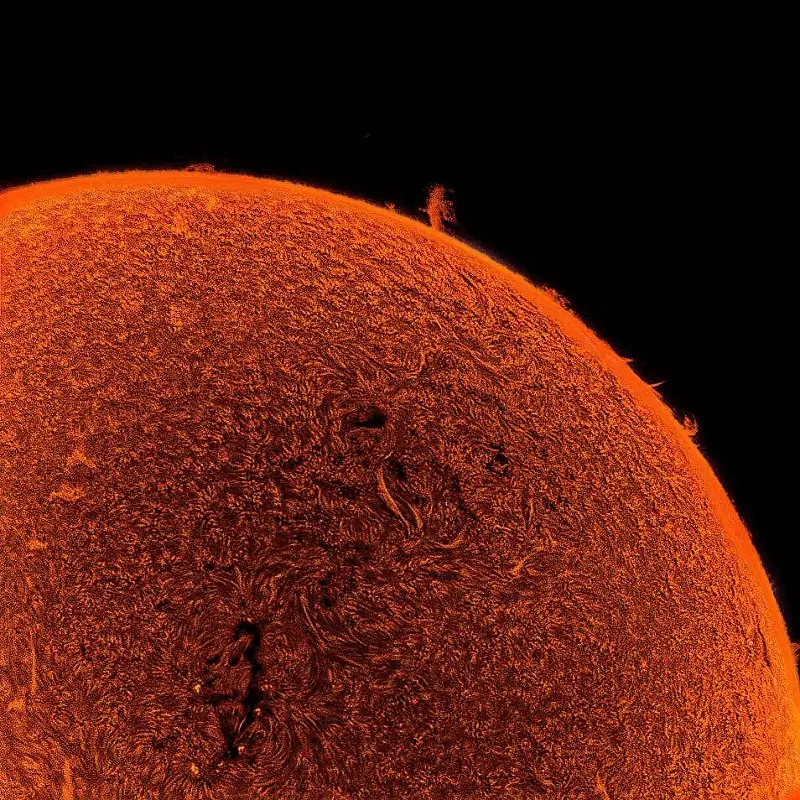
Key specifications of the ZWO ASI174MM:
- Type: CMOS
- Color/Mono: Monochrome
- Cooled/Uncooled: Uncooled
- Resolution: 2.3MP
- Frame Rate: 164fps (full resolution)
- Quantum Efficiency: 77%
- Pixel Size: 5.86 microns
- USB: USB 3.0
2.3 MP CMOS Monochrome Astronomy Camera
- Capture high-resolution monochrome images of the Moon, Sun, planets, and some deep-sky objects
- Advanced CMOS sensor with 1936 x 1216 (2.35MP) resolution
- Fast USB 3.0 transfer at up to 164 frames per second at maximum resolution, with higher data transfer rates at lower resolution
How Do I Choose a Planetary Camera?
What you need in a dedicated planetary camera is a fast frame rate, plus a modest resolution and USB 3.0 connection so that the data transfer to your laptop/computer can handle the volume of frames being taken.
This is the key difference with deep sky cameras that take fewer, longer exposures at higher resolutions, and need cooling to reduce noise.
To choose a planetary camera:
- You could use what you already have even if it is not the ideal planetary camera. For example, you can even use a DSLR or mirrorless camera if you have one.
- You can use our findings to see what cameras are being successfully used by the best astrophotographers today
- You can use tools like this field of view calculator to input your telescope and prospective camera to see what images you could expect
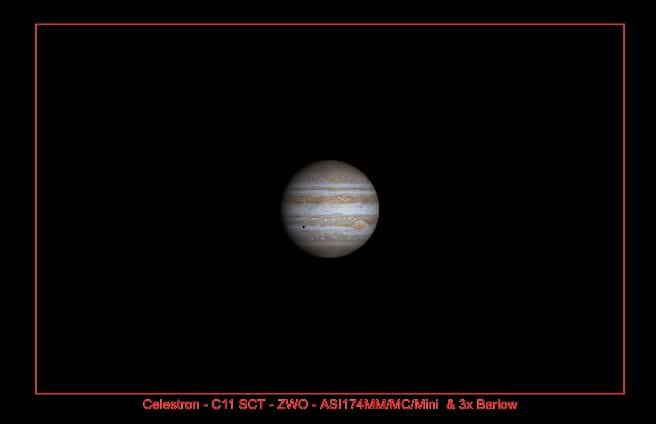
Another thing to factor in is the other gear that you will be using. In particular, your telescope’s focal ratio and whether you will use a barlow lens.
There is a recommended formula for this:
- Barlow magnification x telescope focal ratio / 6 = approximate ideal camera pixel size
Therefore:
- A 3X barlow lens with a Celestron C11 F/10 OTA = 30. Divided by 6 = 5. Therefore a camera with around 5 microns pixel size is right. The ZWO ASI174MM would then be a good fit.
Since the most successful planetary telescopes are Celestron SCTs (see below) and these have F/10 focal ratios you can also work out what camera pixel size and barlow combination is right for you. For example:
- F/10 OTA with 2X Barlow = 3.3 microns
- F/10 OTA with 3X Barlow = 5 microns
- F/10 OTA with 4X Barlow = 6.7 microns
- F/10 OTA with 5X Barlow = 8.3 microns
These calculations should be taken as just a rough guide, as other things like the seeing conditions in your area are also a factor.
Other key characteristics to look for in a planetary camera are a high frame rate and fast USB 3.0 data transfer. Color vs monochrome is a choice: color is easiest, but monochrome has higher potential. With monochrome cameras, you need to use filters to take multiple captures to compose a color image.
Best Planetary Cameras FAQs
What is the fastest planetary camera?
The fastest planetary camera is the ZWO ASI174MM with frame rate of 164fps.
What is the best ZWO planetary camera in 2025?
The best ZWO planetary camera in 2025 is the ZWO ASI678MC.
See our ZWO Camera Comparison to specifically compare ZWO models for all types of astrophotography.
What telescopes are used for planetary imaging?
Our results show that planetary imaging is most commonly done with telescopes from Celestron and Sky-Watcher. With, in particular, Celestron’s Schmidt-Cassegrain telescopes (SCTs) excelling for planetary imaging.
For more insight, see this article: Best Telescopes For Planetary Imaging
What telescope mounts are used for planetary imaging?
Our results show that planetary imaging is most commonly done with telescope mounts from Celestron and Sky-Watcher. The most successful model is the Sky-Watcher EQ6-R Pro.
For more on this, see our article on the Best Astrophotography Mounts.
Verdict: Best Planetary Imaging Camera
Overall, based on our findings, we recommend the best planetary cameras to be:
- ZWO ASI178MM – top pick for best lunar and solar imaging camera
- ZWO ASI678MC – top pick for color planetary imaging
- ZWO ASI715MC – best budget planetary camera
All this should be considered alongside what telescope you will be using to get the best results.
Do you agree with our recommendations? Let us know if you have any comments or questions on our findings in the comments below.


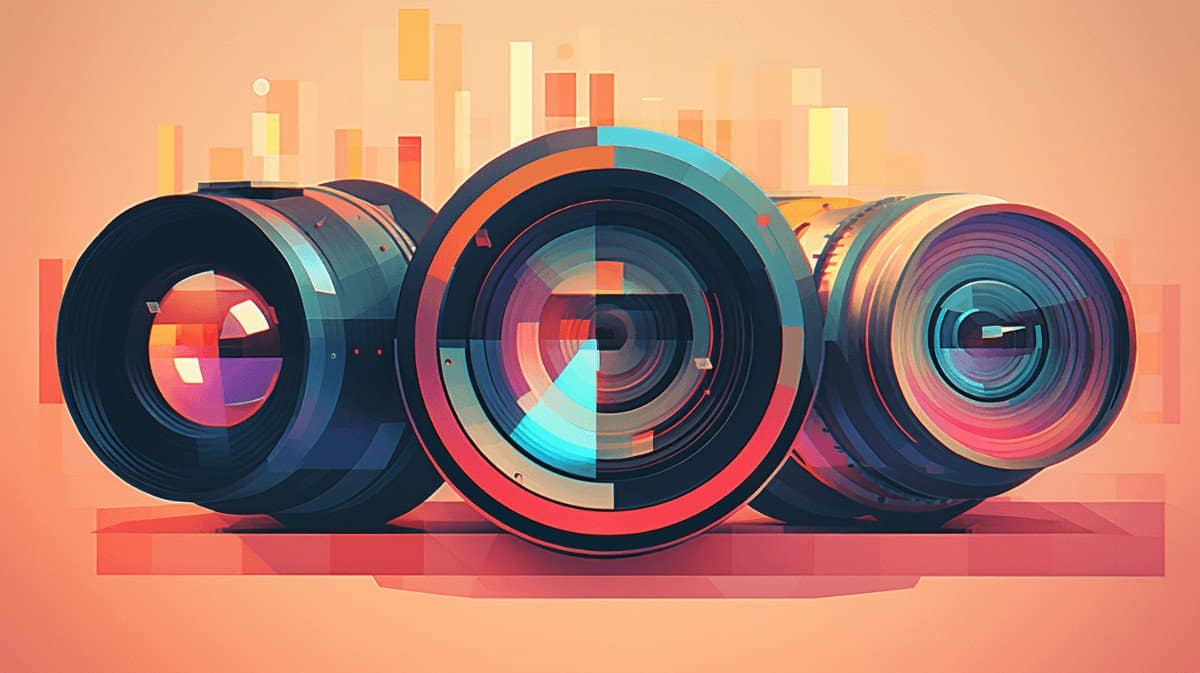
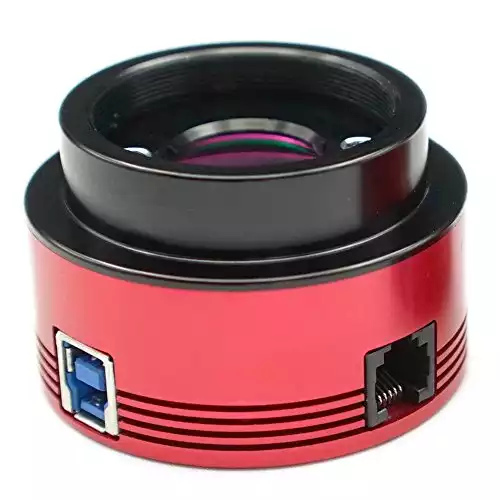
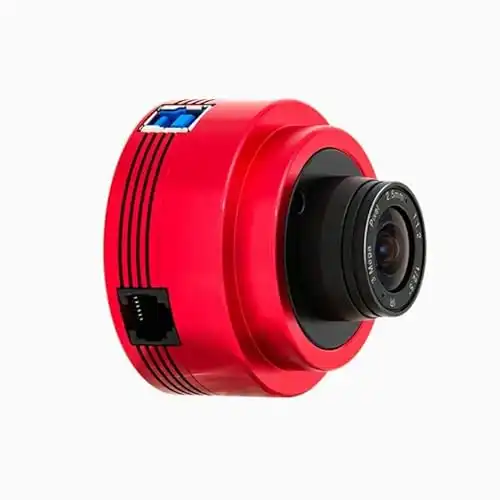
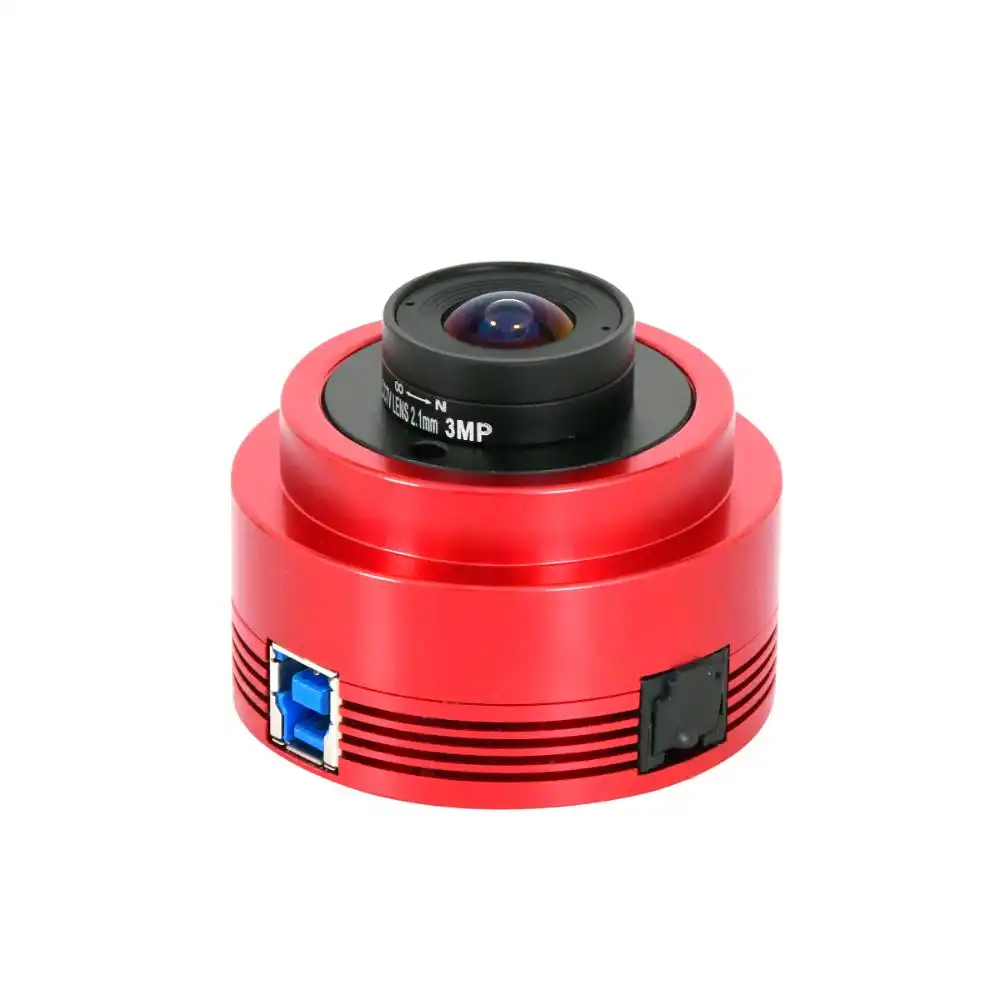


Brilliant,after Reading,with Interest WILl have a go!! clear skies!!
It appears the “Best” is based on cameras sold, not actual features and or imaging results. If this is not the case, please provide details on how you arrived at your ranking.
Hi Steve, we went through the cameras used from the last seven years of the Astronomy Photographer of the Year competition – 986 images in total – to present the recommendations here. It’s not sales data, just what great photographers are using to get great results and not necessarily the highest spec. All the best!